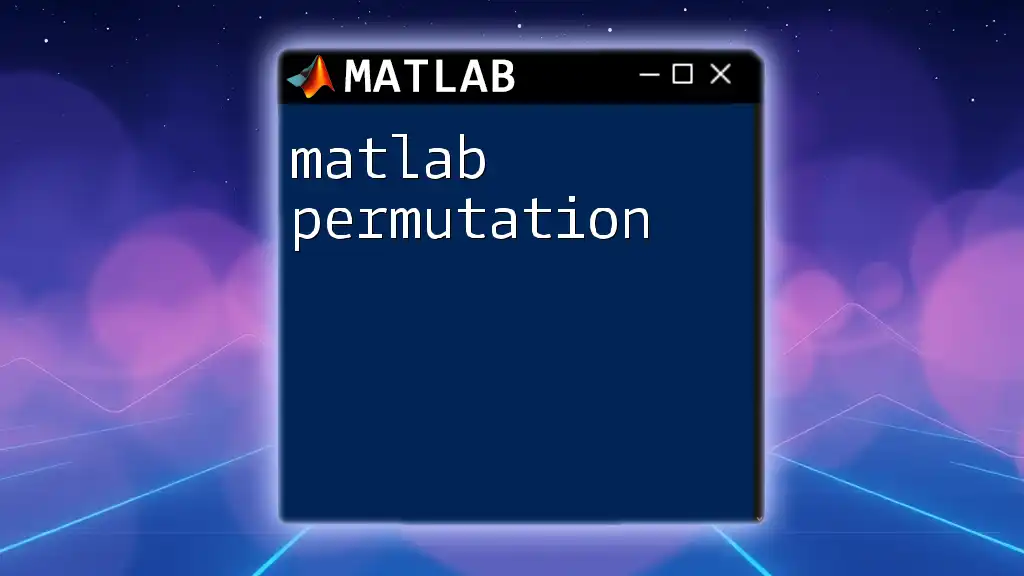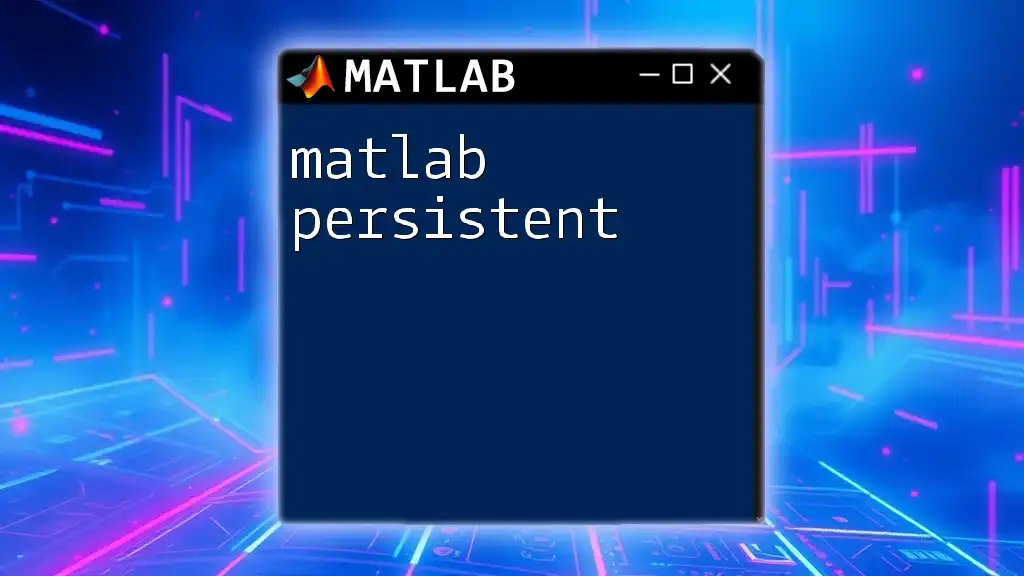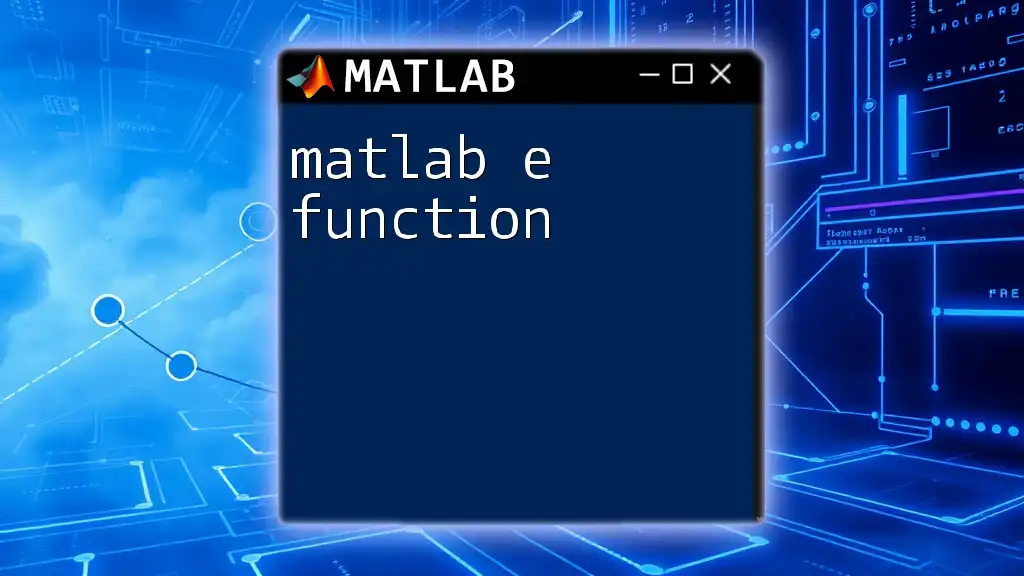MATLAB permutation refers to the process of arranging a set of elements in different sequences, and can be easily computed using the built-in `perms` function.
Here’s a sample code snippet to generate all permutations of a given vector:
% Define the vector
vec = [1, 2, 3];
% Generate all permutations
permutations = perms(vec);
% Display the result
disp(permutations);
What is a Permutation?
A permutation refers to an arrangement of all the members of a set into a particular sequence or order. In mathematical terms, if you have a set of distinct objects, the order in which you arrange those objects distinguishes one arrangement (or permutation) from another.
Understanding permutations is crucial in many fields, including data analysis, cryptography, and algorithm design. For example, determining the possible arrangements in a dataset can lead to insights about its structure and inform decision-making processes.
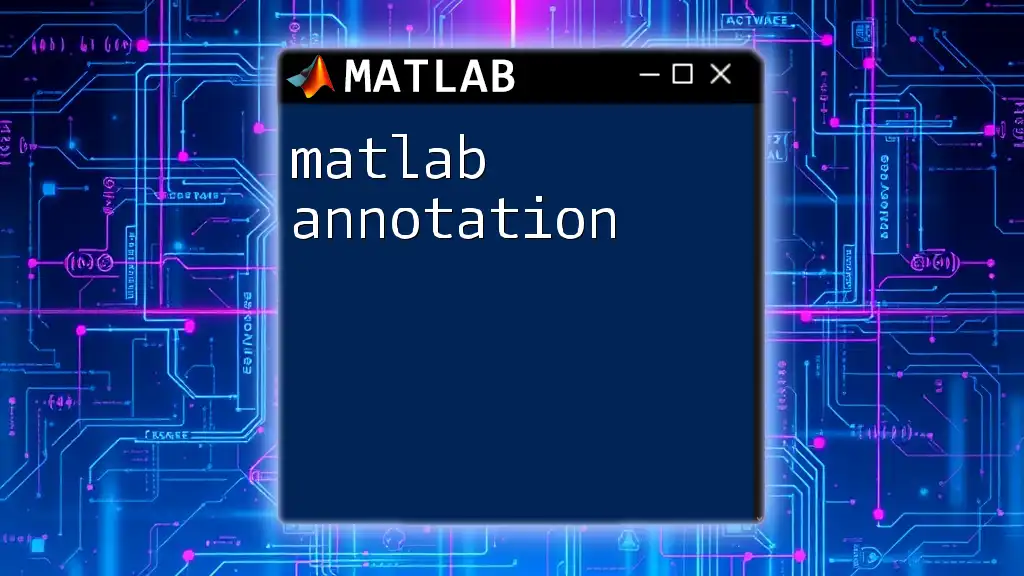
Why Use MATLAB for Permutations?
MATLAB is a powerful and versatile tool for handling mathematical computations, including permutations. Its built-in functions simplify the process, allowing users to focus on the logic and analysis rather than the underlying implementation details.
Real-world applications of permutations in MATLAB include:
- Data analysis: Random sampling and shuffling datasets.
- Simulation: Running experiments that require testing different arrangements.
- Cryptography: Using permutations to encrypt information for secure communication.

The Basics of Permutations in MATLAB
Key Concepts Related to Permutations
To effectively use MATLAB for permutations, it's essential to grasp some key concepts related to them. Understanding factorials is particularly important, as the factorial of a number \( n \) (denoted as \( n! \)) represents the total number of ways to arrange \( n \) distinct objects (i.e., \( n! = n \times (n-1) \times \ldots \times 2 \times 1 \)).
Unique arrangements indicate that the order of items matters; for instance, [1, 2] is different from [2, 1]. Moreover, permutations can apply to objects with duplicate values, which requires additional consideration in their generation.
Built-in Functions for Permutations in MATLAB
MATLAB provides several built-in functions that facilitate working with permutations, the most notable being:
- `perms()`: Generates all possible permutations of a vector.
- `nchoosek()`: Calculates combinations of elements taken \( k \) at a time.
Syntax and Usage
`perms()`
The syntax for using the `perms` function is:
B = perms(A)
This function creates a matrix \( B \) that contains all possible permutations of the input vector \( A \).
Example Code Snippet
A = [1, 2, 3];
B = perms(A);
disp(B);
In this example, the output will list all permutations of the numbers 1, 2, and 3, providing insight into how the elements can be rearranged.
`nchoosek()`
The syntax for the `nchoosek` function is:
C = nchoosek(A, k)
This function generates combinations from the elements of \( A \), selecting \( k \) at a time.
Example Code Snippet
A = [1, 2, 3, 4];
C = nchoosek(A, 2);
disp(C);
In this case, the output showcases all possible pairs created from the array \( A \).

Generating Permutations
Generating All Permutations
Using `perms()`
To generate permutations for different data types, you can use the `perms` function. This function handles not only numerical arrays but also character arrays.
Example Code Snippet
str = 'abc';
B = perms(str);
disp(B);
This example will show the character permutations of the string "abc.", emphasizing how permutations apply beyond numbers.
Limiting Permutations
Working with Subsets
In many applications, you may need to limit permutations to a specific size or subset of your dataset. MATLAB can easily handle this by indexing.
Example Code Snippet
A = [1, 2, 3, 4];
B = perms(A(1:3));
disp(B);
In this scenario, only the permutations of the first three elements of the array \( A \) are generated, demonstrating flexibility with data selection.
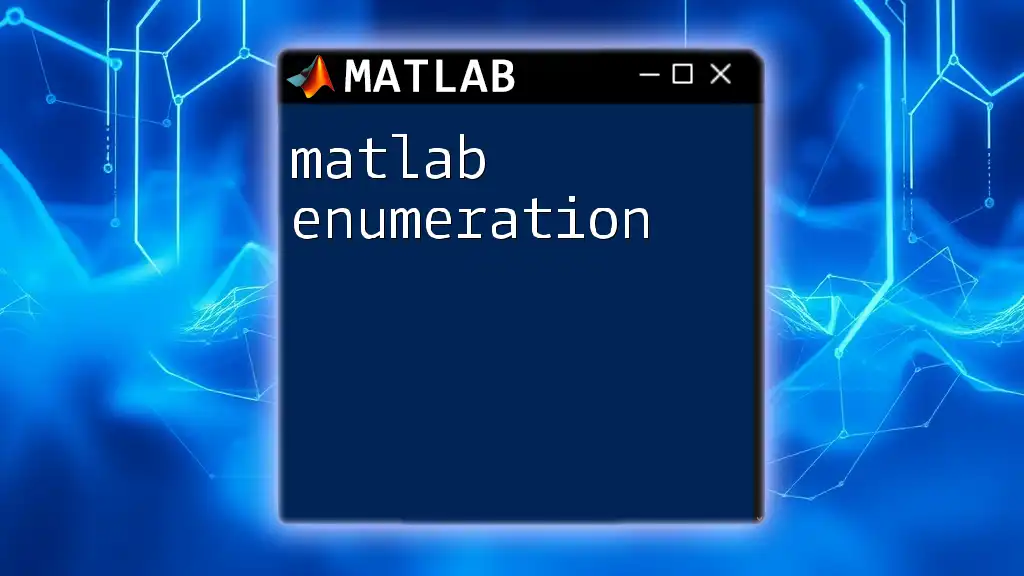
Practical Applications of Permutations
Applications in Data Analysis
Permutations play a significant role in data analysis, particularly in methods such as shuffling datasets. This can be especially useful when performing statistical tests that require random samples, ensuring that your analysis is robust and generalizable.
Applications in Cryptography
In cryptography, permutations can help secure information through encryption methods. By rearranging the order of elements, sensitive data can be obscured, making it more resistant to potential threats.
Case Studies
To better illustrate permutation applications, consider the following example, which demonstrates how to shuffle a dataset effectively:
data = [10; 20; 30; 40; 50];
shuffledData = data(randperm(length(data)));
disp(shuffledData);
In this example, `randperm` generates random permutations of indices, effectively shuffling the `data` array.
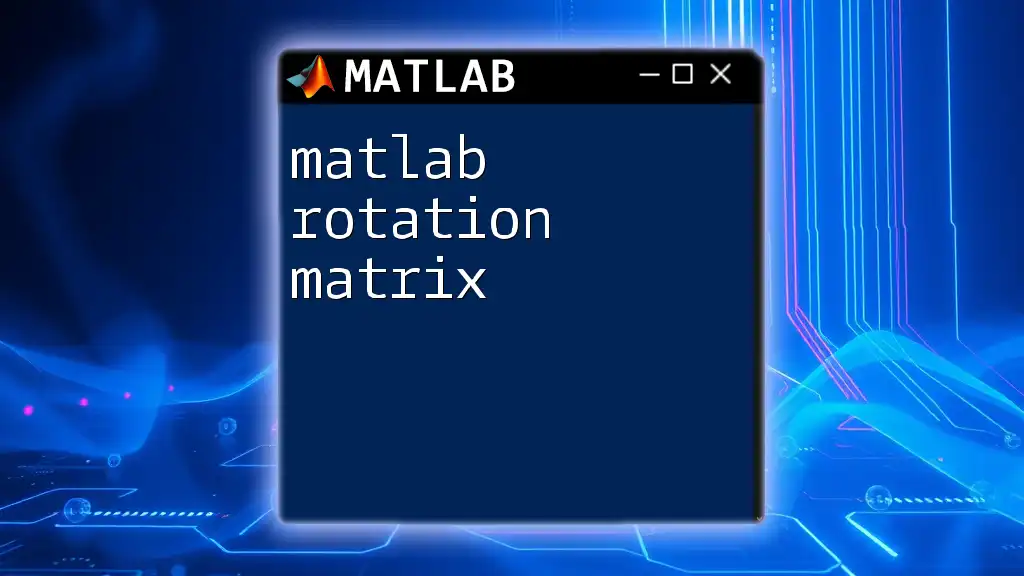
Advanced Permutation Techniques
Custom Functions for Specific Needs
While MATLAB offers built-in capabilities, you may occasionally require a custom function for generating permutations tailored to specific conditions. Creating such a function is straightforward and can be achieved using recursion.
Example Code Snippet of a Custom Function
function P = myPerms(A)
if length(A) == 1
P = A;
else
P = [];
for i = 1:length(A)
SubPerms = myPerms(A([1:i-1,i+1:end]));
P = [P; [A(i)*ones(size(SubPerms, 1), 1), SubPerms]];
end
end
end
In this code, the function `myPerms` generates all permutations of an array \( A \) using a recursive approach, demonstrating flexibility in generating custom outputs.
Performance Considerations
Generating permutations can be computationally expensive, particularly as the number of elements increases. The time complexity can grow significantly due to the nature of permutations.
To optimize performance in MATLAB when dealing with large datasets:
- Consider limiting the number of permutations if possible; for example, use only relevant subsets.
- Utilize vectorization techniques instead of loops where feasible, as MATLAB is optimized for operations on arrays.

Conclusion
In summary, understanding MATLAB permutation techniques is fundamental for tackling problems across various domains effectively. From its built-in functions like `perms` and `nchoosek` to creating custom implementations, MATLAB offers robust tools for both basic and advanced permutation needs. By grasping these concepts, you can leverage permutations in your projects, leading to greater efficiency and effectiveness in data analysis, cryptographic applications, and beyond.
Further Resources
To further enhance your understanding, consider exploring MATLAB's official documentation on permutations, analyzing case examples from academic literature, and participating in community forums where you can exchange ideas and solutions with other users. These resources can provide you with a broader context and deeper insights as you navigate the world of permutations in MATLAB.

